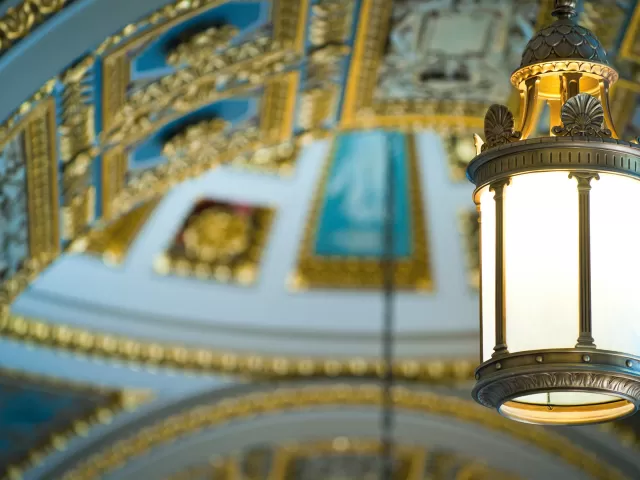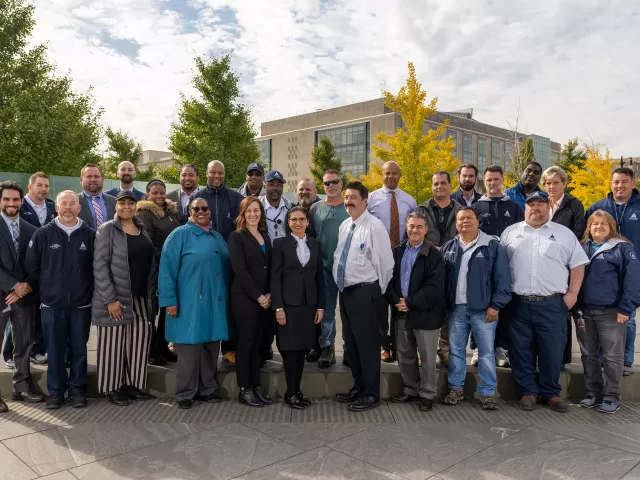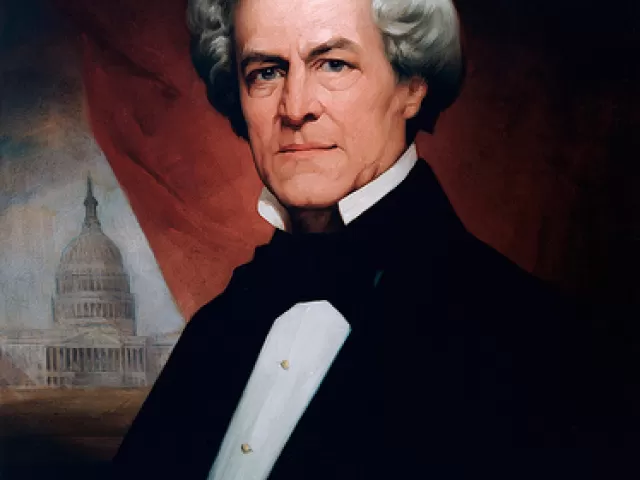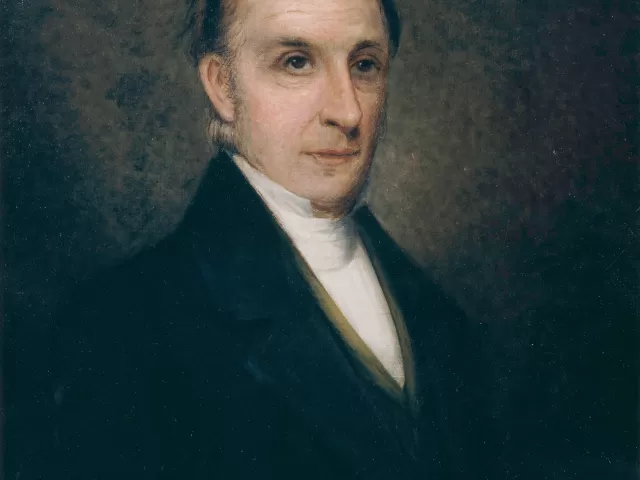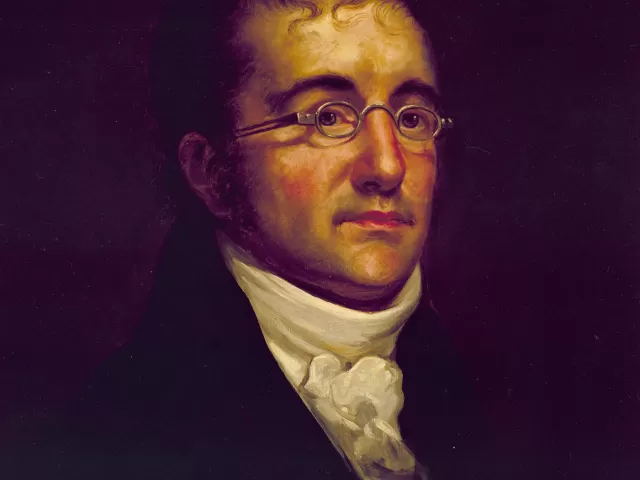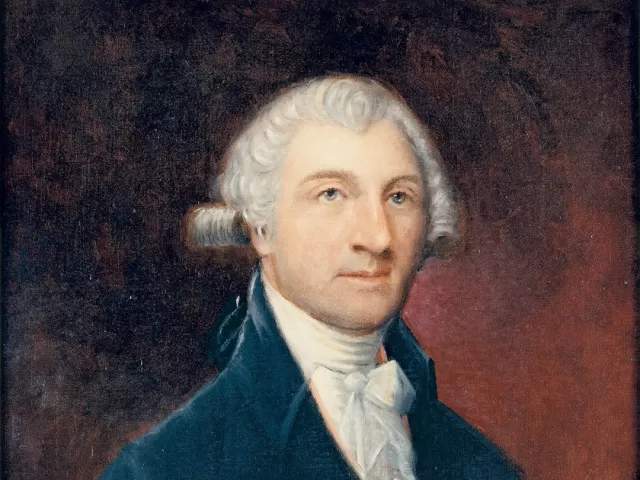Displaying 91 - 98 of 98 Clear
Basic page
Examples of FW&A violations include: Contract fraud, including contract mischarging by the contractor Kick-backs and bid rotation by competing contractors Contractors failing to pay full wages to employees Bribery and acceptance of gratuities by government employees Significant mismanagement and
Basic page
The Federal Employee's Compensation Act (FECA) provides compensation benefits to Federal civilian employees for disability due to personal injury or disease while in the performance of duty. FECA also provides for payment of benefits to dependents if the injury or disease causes an employee's death
Basic page
Find out information about working at the Architect of the Capitol (AOC), the application process and our open positions.
Basic page
Telework Employees teleworking may log onto the AOC network at https://telework.aoc.gov and also access their email via Outlook at https://outlook.office365.com/mail. Time & Attendance AOC staff can submit their timesheets via GovTA from an AOC desktop or AOC issued device at https://govta.aoc.gov
Person
Appointed June 11, 1851; Resigned May 26, 1865. Thomas U. Walter's plans for the enlargement of the U.S. Capitol were approved by President Millard Fillmore and he was appointed Architect of the Capitol Extension in 1851. While he oversaw the construction of new marble wings, the commissioner of
Person
Appointed by President James Monroe and the Commissioner of Public Buildings, January 8, 1818; Office abolished June 25, 1829. Charles Bulfinch was hired by the commissioner of public buildings in 1818 to replace Benjamin Henry Latrobe. He continued the restoration of the two wings, which were
Person
Hired by President Thomas Jefferson, March 6, 1803; construction halted by July 1, 1811; Hired by President James Madison, April 6, 1815; Resigned November 20, 1817. Benjamin Henry Latrobe was hired by President Jefferson in 1803 to fill the position of "Surveyor of Public Buildings," with the
Person
Design selected by President George Washington, 1793; appointed a commissioner of the federal city by President Washington, 1794, and served until 1802. Dr. William Thornton was an amateur architect who is honored as the "first architect" because his design for the U.S. Capitol was accepted by
